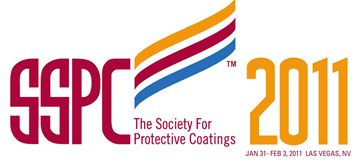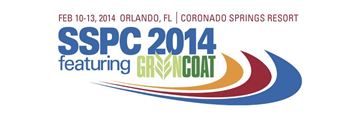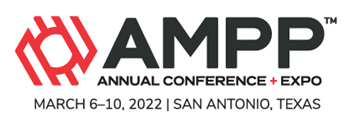Search
Individual Conference Papers
View as
Sort by
Display
per page
Waterborne Coatings for Heavy Duty Applications in M&PC Market
Product Number:
41211-605-SG
Publication Date:
2011
$20.00
Waterborne Coatings for Water and Wastewater Treatment Plants
Product Number:
41205-174-SG
Publication Date:
2005
$20.00
Waterborne Coatings with Increased Cross Link Performance
Product Number:
41214-845-SG
Publication Date:
2014
$20.00
Waterborne Direct-to-Metal Coating Application Development for Bridge Applications
Product Number:
51323-19032-SG
Publication Date:
2023
$20.00
Waterborne Epoxy Hybrid Coatings for Commercial Architectural Applications
Product Number:
41214-820-SG
Publication Date:
2014
$20.00
Waterborne Functional Coatings: Combatting Noise, Heat and Air Pollution
Product Number:
41216-998-SG
Publication Date:
2016
$20.00
Watermain Breaks - Materials Does Matter
Product Number:
51323-19290-SG
Publication Date:
2023
$20.00
Waterproofing Membranes: A Vital Component of the Bridge of the Future
Product Number:
41206-257-SG
Publication Date:
2006
$20.00
Wear Performance Evaluation Of Chrome Carbide Overlays (Ccos)
Product Number:
51322-17748-SG
Publication Date:
2022
$20.00
Weathering Of Industrial Coatings: Correlation Between Three Years Outdoor Florida Exposure And Four Accelerated Weathering Methods
Product Number:
51323-18869-SG
Publication Date:
2023
$20.00
Weld Jointing Influence on Boiler Tube Sheet Integrity
Product Number:
MPWT19-14366
Publication Date:
2019
$0.00
Weldability And Corrosion Properties Of Austenitic Stainless Steel And Low Alloy Steel Manufactured Using PM-HIP Method
Product Number:
ED22-18347-SG
Publication Date:
2022
$20.00












